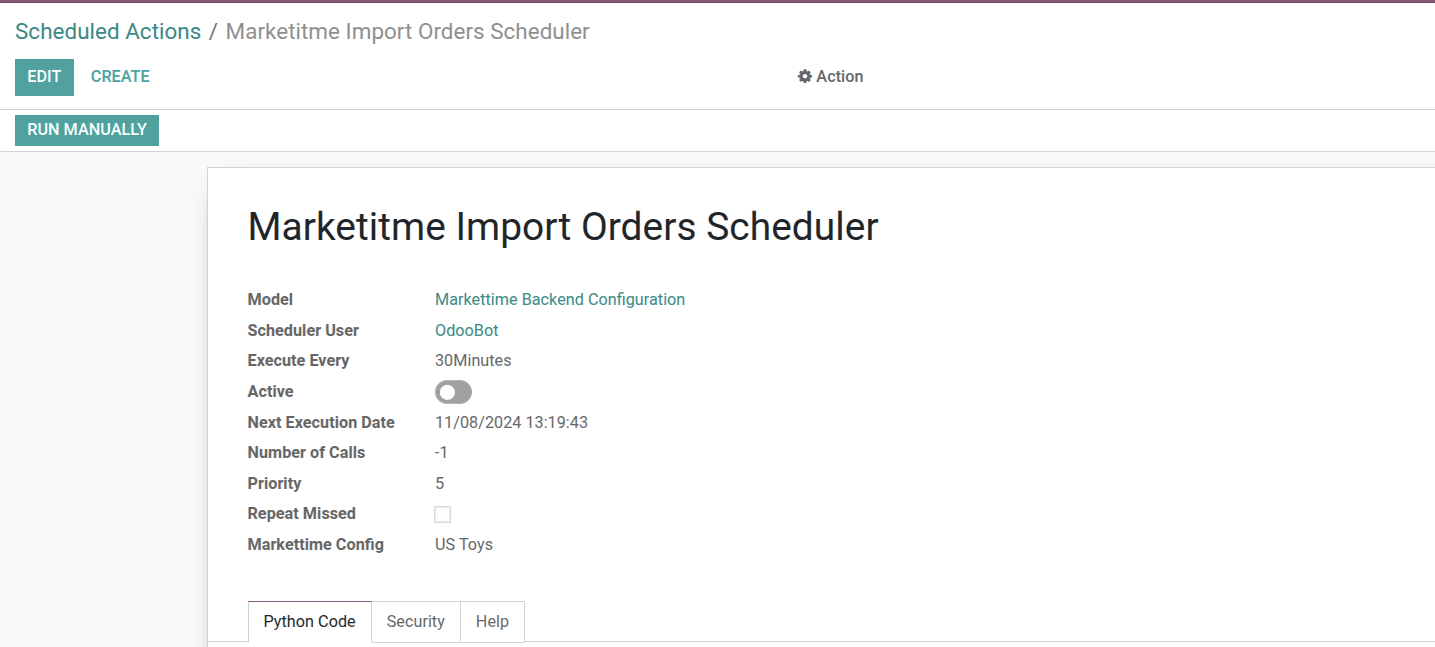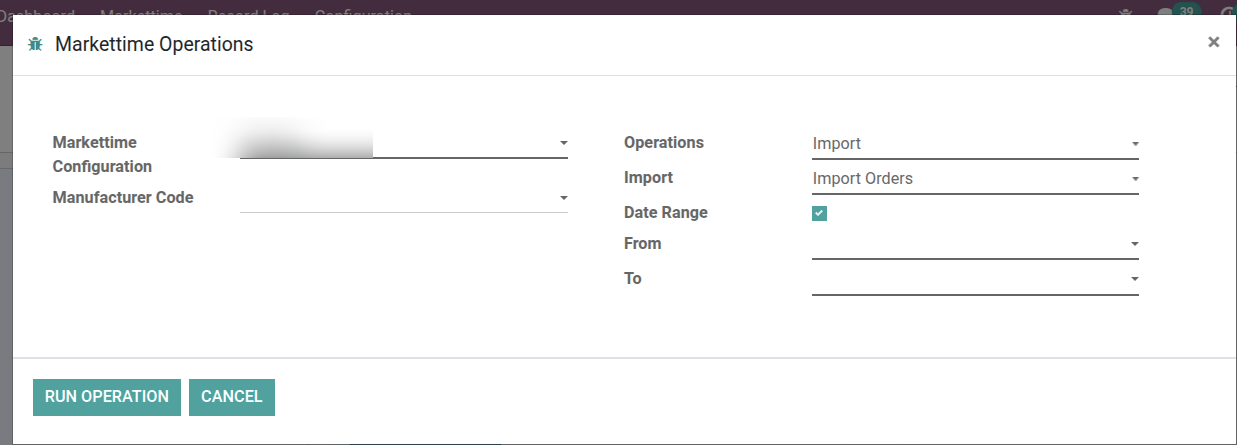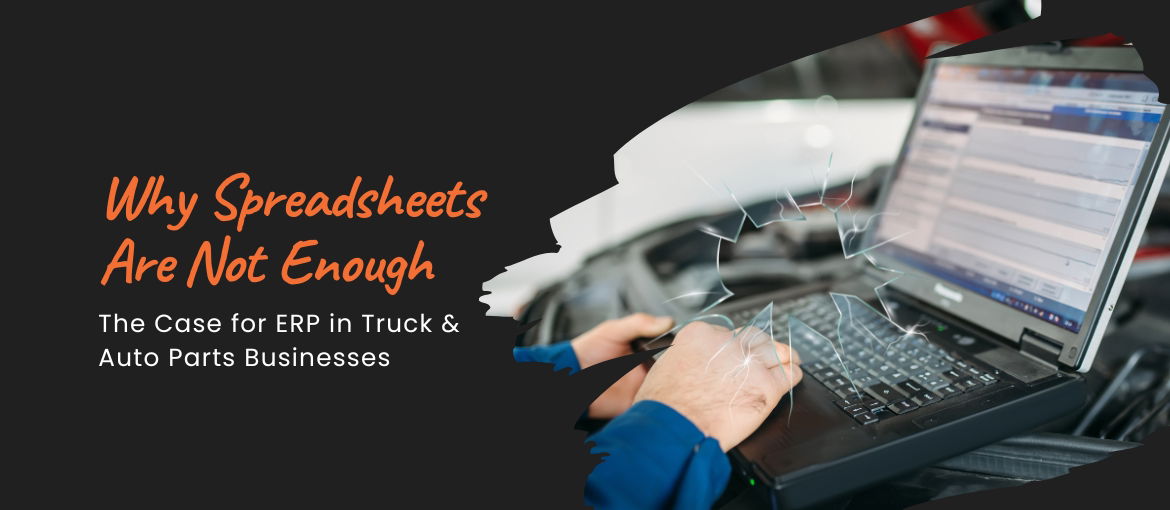Generative AI for Purchase Management In ERP Systems
Generative AI for Purchase Management: Unlocking Deeper Procurement Intelligence in ERP
Procurement is no longer just a transactional process–it’s a strategic function that can directly influence profitability, inventory health, and customer satisfaction. But despite advances in ERP systems, purchasing departments often find themselves buried in fragmented data, complex vendor relationships, and delayed visibility into potential supply chain disruptions. By integrating Generative AI into the Purchase module of ERP systems, businesses can turn mountains of procurement data into clear, actionable insights, streamlining sourcing decisions, vendor management, and risk forecasting like never before.
The Purchasing Challenge: So Much Data, So Little Clarity
Purchase teams manage a massive volume of moving parts—vendors, pricing, delivery timelines, inventory levels, and product consumption rates. While ERPs do a great job of storing this information, it’s often hard to connect the dots in real time.
Procurement leaders typically face questions like:
- Why are some products always delayed?
- Are certain vendors causing recurring disruptions?
- Are we overpaying for items that have fluctuating prices?
- Where are we leaking costs?
- Which products are collecting dust in our inventory?
With Generative AI, these questions no longer require deep manual analysis or data extraction. They can be answered instantly, with insights, context, and suggested actions.
Procurement Questions Generative AI Can Instantly Answer
By embedding Generative AI into your ERP’s Purchase module, you unlock on-demand access to questions such as:
- What are the top delays in receiving products, grouped by vendor and product?
- What’s the average vendor lead time for all products based on the last 24 months?
- Which vendors are the most inconsistent in their delivery times, and for which products?
- Which purchase orders are currently at risk of delay?
- Generate a list of products where the purchase price has fluctuated the most over the past year.
- Show monthly spend by vendor—can we optimize any?
- Which products have been purchased but never sold, or haven’t sold in the past year?
- Which vendors have the best on-time delivery rates?
- Give me a breakdown of total spend by product categories and vendors.
- Perform a Pareto analysis—what 20% of suppliers or products are driving 80% of our spend?
- Flag potential stockouts or overstock based on current consumption and purchase patterns.
These insights help turn purchasing into a proactive operation, where delays, inefficiencies, and risks are flagged before they become costly.
The Strategic Benefits of Generative AI in Procurement
1. Smarter Vendor Performance Management
With AI-generated insights, teams can:
- Rank vendors by consistency, lead times, and fulfillment rates
- Detect which suppliers are contributing to operational inefficiencies
- Make data-informed decisions about long-term sourcing strategies
Instead of reviewing static vendor scorecards once a quarter, AI offers real-time feedback loops.
2. Price Fluctuation Awareness
Identifying pricing volatility can help in:
- Negotiating better rates
- Locking in contracts at the right time
- Choosing alternative suppliers for cost-sensitive SKUs
Generative AI can chart these price swings and suggest smarter purchase timing.
3. Cost Optimization Through Spend Analysis
AI-driven Pareto analysis helps identify:
- Which product categories or suppliers are driving the bulk of your costs
- Where procurement efforts should be concentrated for maximum ROI
- Opportunities to consolidate suppliers or negotiate volume-based pricing
You no longer need a team of analysts to uncover hidden inefficiencies–AI finds them for you.
4. Inventory Health Monitoring
By cross-referencing purchase data with sales and consumption trends, AI can:
- Spot products sitting in storage for too long
- Forecast stockouts based on current burn rates
- Recommend markdowns or replenishment triggers
This keeps inventory aligned with real demand, not assumptions.
5. Proactive Risk Management
Instead of reacting to late deliveries or backorders, Generative AI flags:
- POs are likely to miss deadlines
- Suppliers trending toward unreliability
- Inventory at risk of excess or shortage
This allows procurement teams to act early—reroute orders, diversify supply, or adjust planning windows.
From Raw Data to Smart Decisions with Odoo Copilot
At Bista Solutions, we’ve seen firsthand how procurement can evolve from operational to strategic with the right tools.
That’s why we created Odoo Copilot—an AI-powered business assistant that integrates directly with your ERP and helps you query, understand, and act on procurement data instantly.
With Odoo Copilot, your purchase team can:
- Ask procurement questions in plain language
- Access live data without technical reporting tools
- Generate detailed analytics and vendor reports in seconds
- Forecast risks and costs with high accuracy
- Make decisions that balance price, quality, and reliability
And since Copilot is built on Odoo’s robust backend and fine-tuned AI models, you get company-specific, industry-aware insights–not generic responses.
What This Means for the Future of Procurement
The role of purchasing is expanding–no longer just cost control, but value creation.
Generative AI for ERP redefines this role by:
- Replacing guesswork with intelligent recommendations
- Empowering procurement teams with real-time analytics
- Aligning purchasing decisions with larger financial and operational goals
- Enhancing agility in a volatile global supply chain landscape
In the future, procurement professionals won’t just manage vendors—they’ll manage performance, optimize cost, and mitigate risk with the support of AI-driven tools.
Ready to Rethink Procurement?
If your ERP data is rich but underutilized, Generative AI can help you unlock its full value.
At Bista Solutions, we specialize in intelligent ERP transformation, with a focus on real-world impact. As a 7x Odoo Best Partner in North America and Gold Partner, we’ve helped 300+ companies optimize every module, from Sales to Procurement, with smart automation.
Want to see how Odoo Copilot can make your purchasing smarter, faster, and more strategic?
Reach out to our team today for a free consultation.

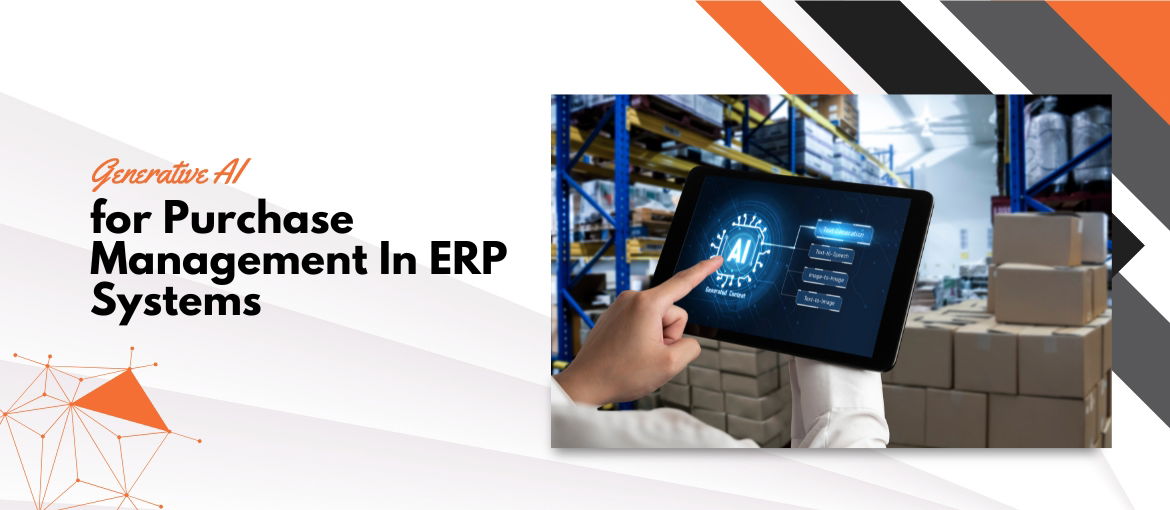
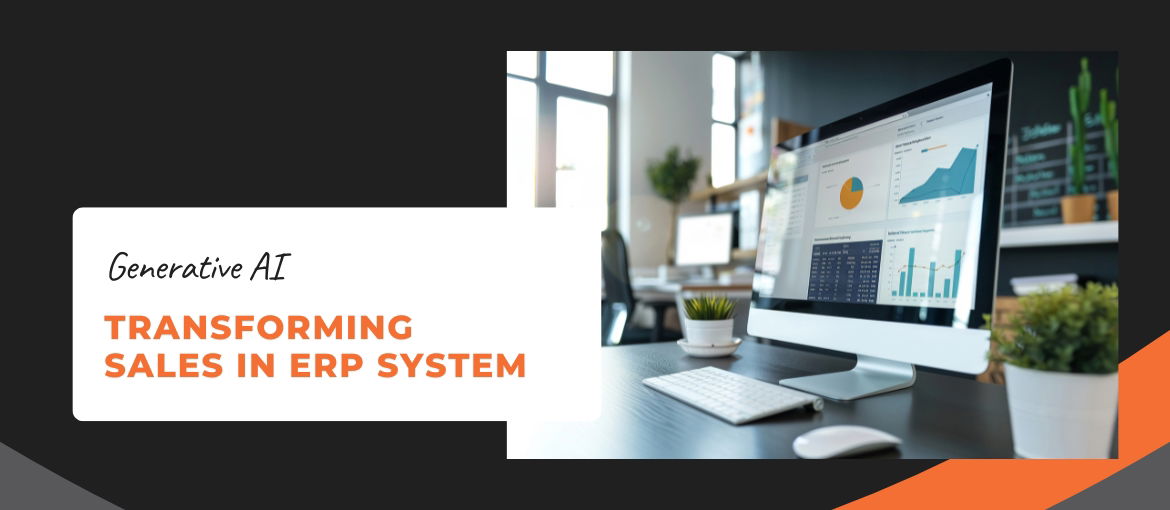
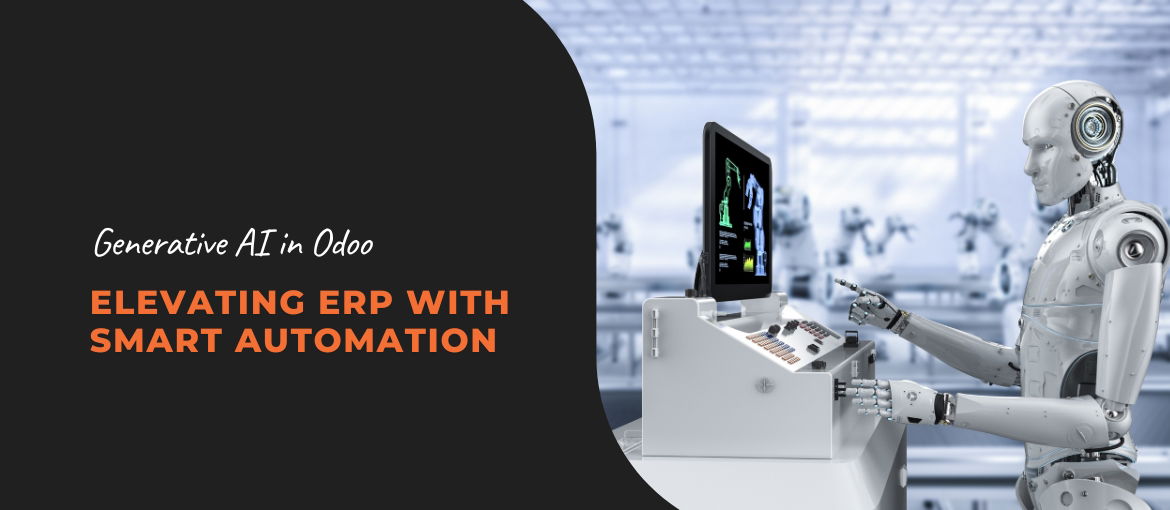
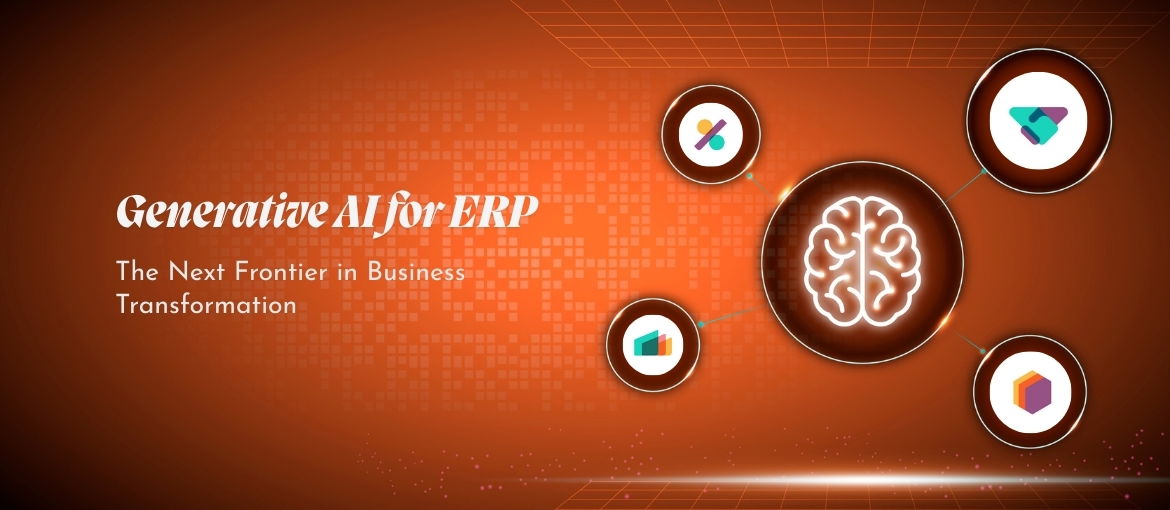
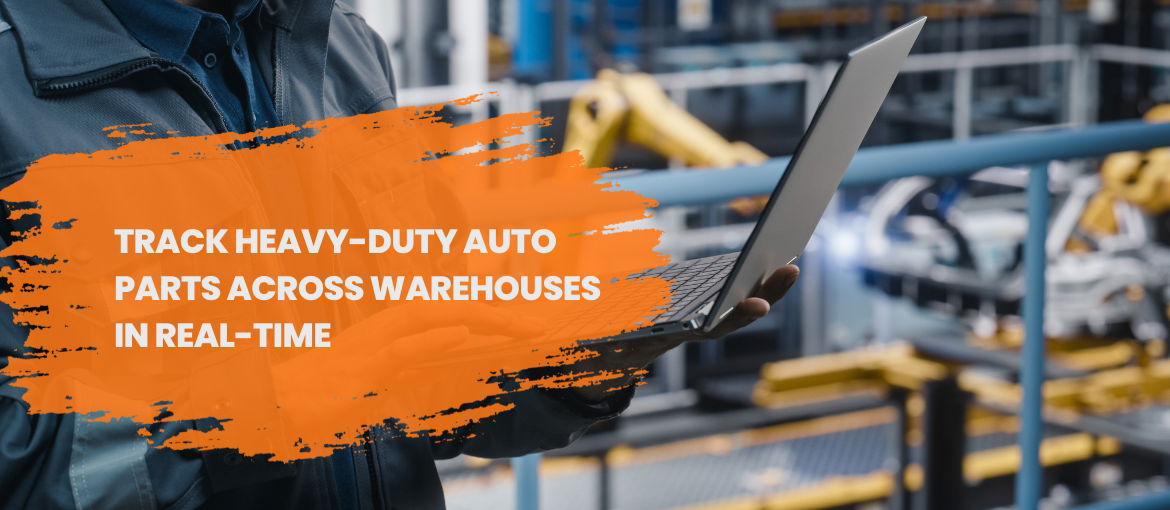
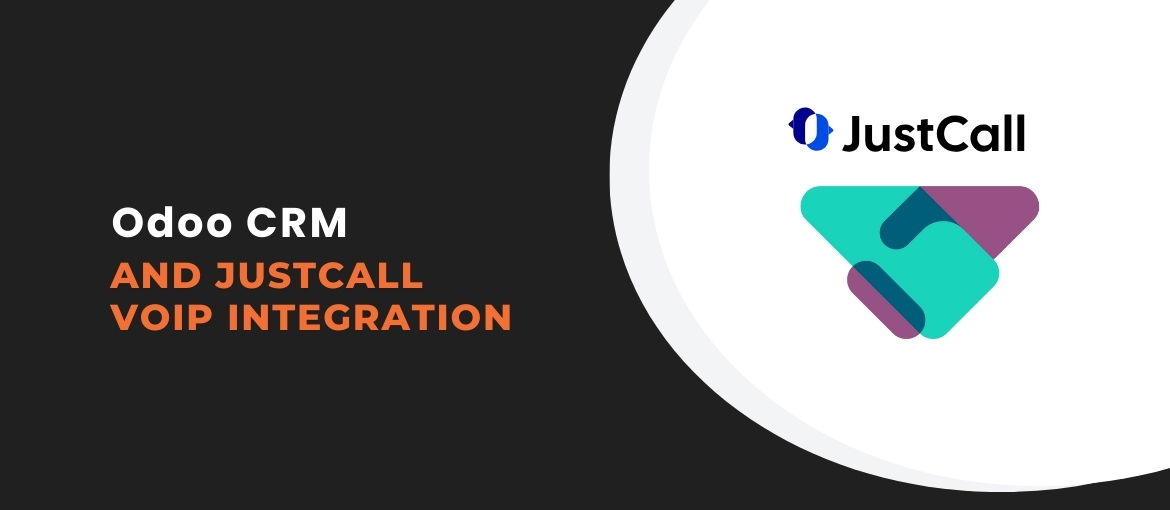

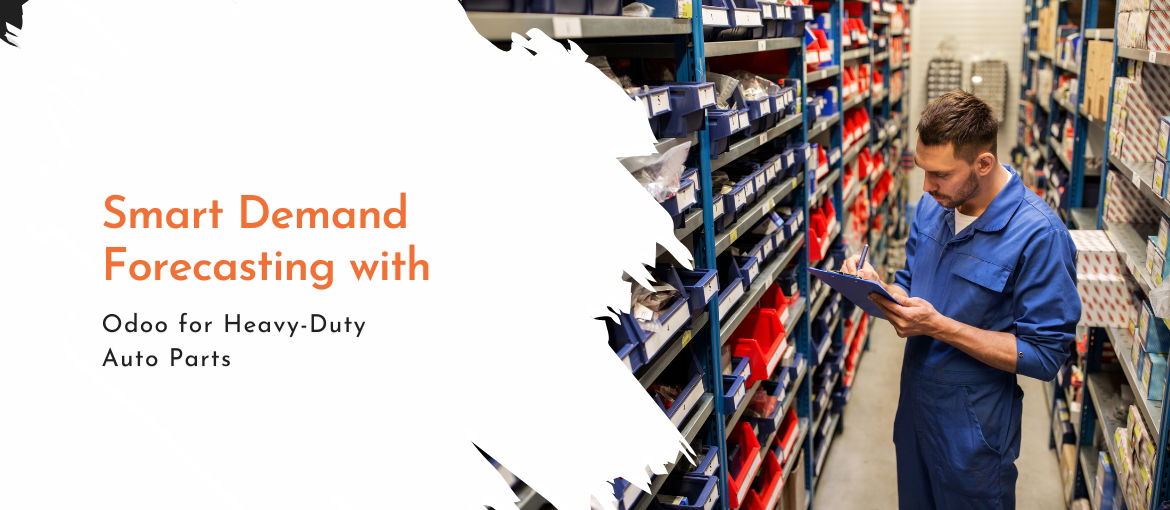
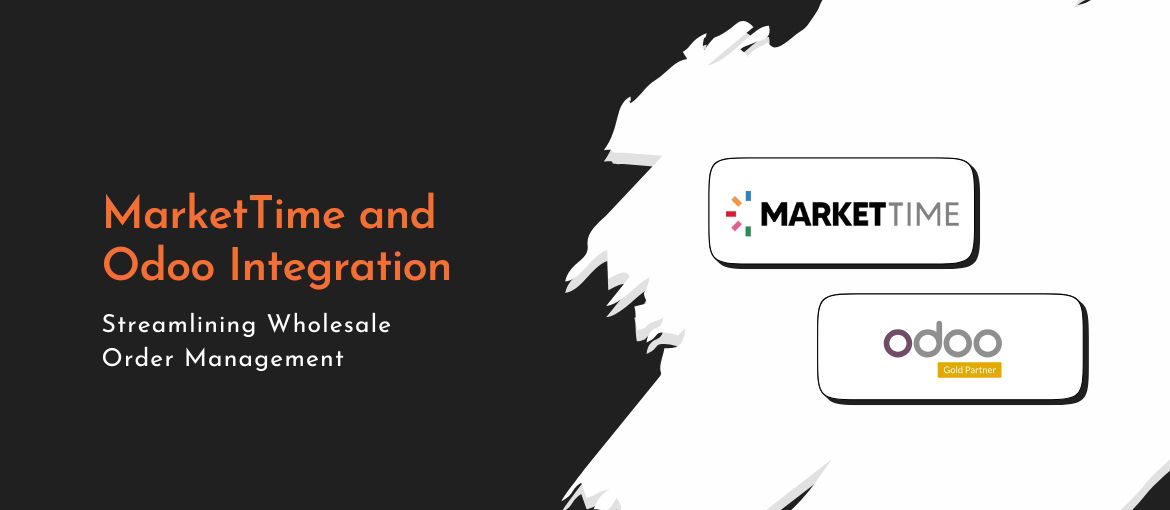
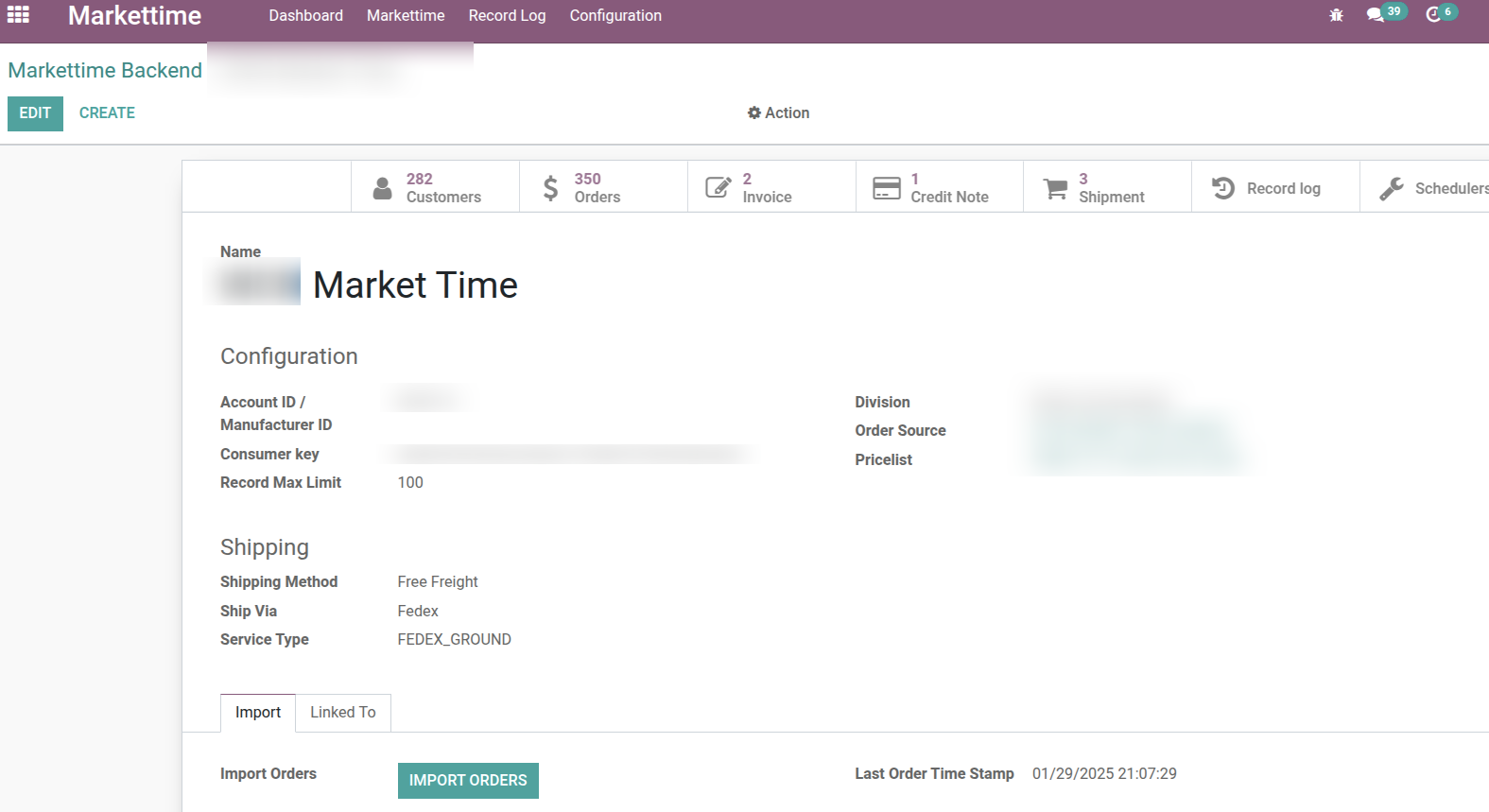
 3. Salesperson Data Configuration
3. Salesperson Data Configuration 4. Scheduler Setup
4. Scheduler Setup